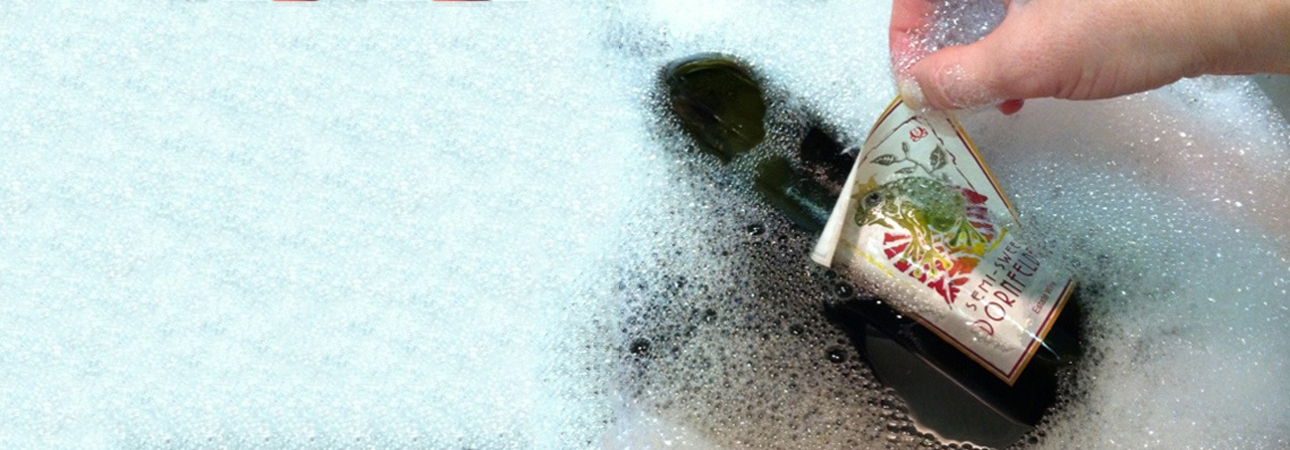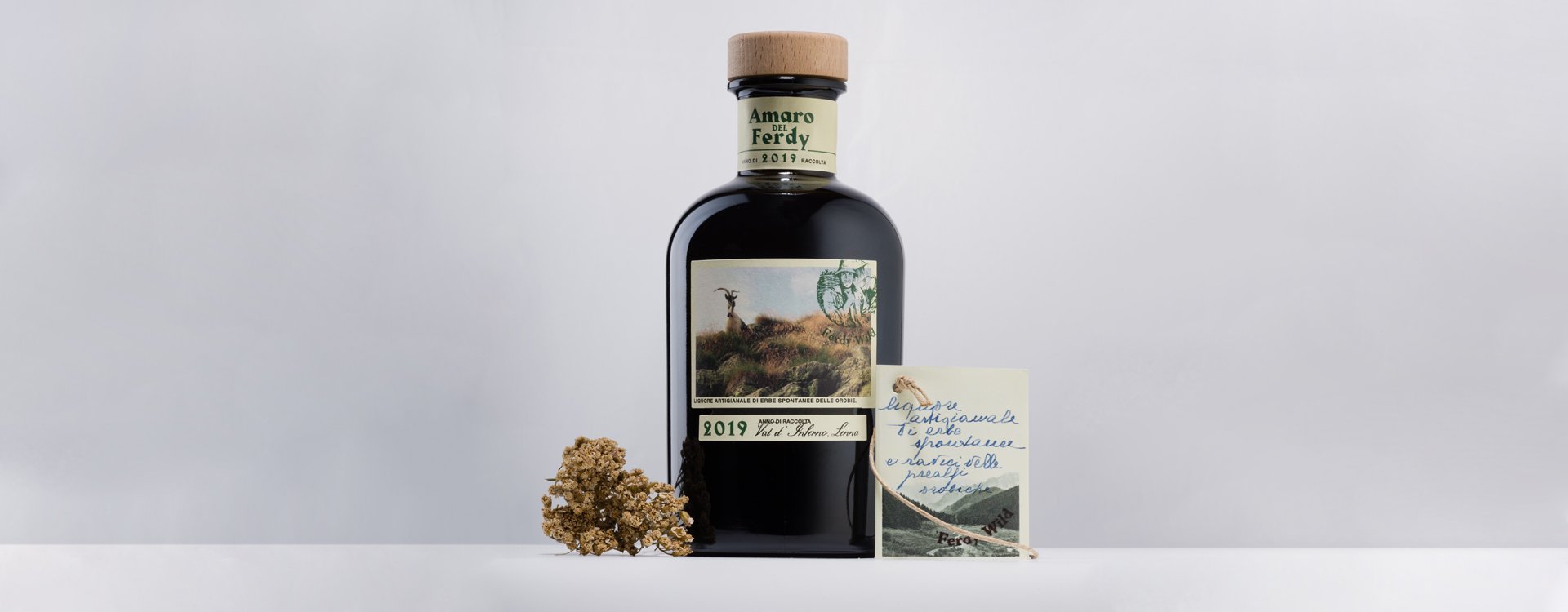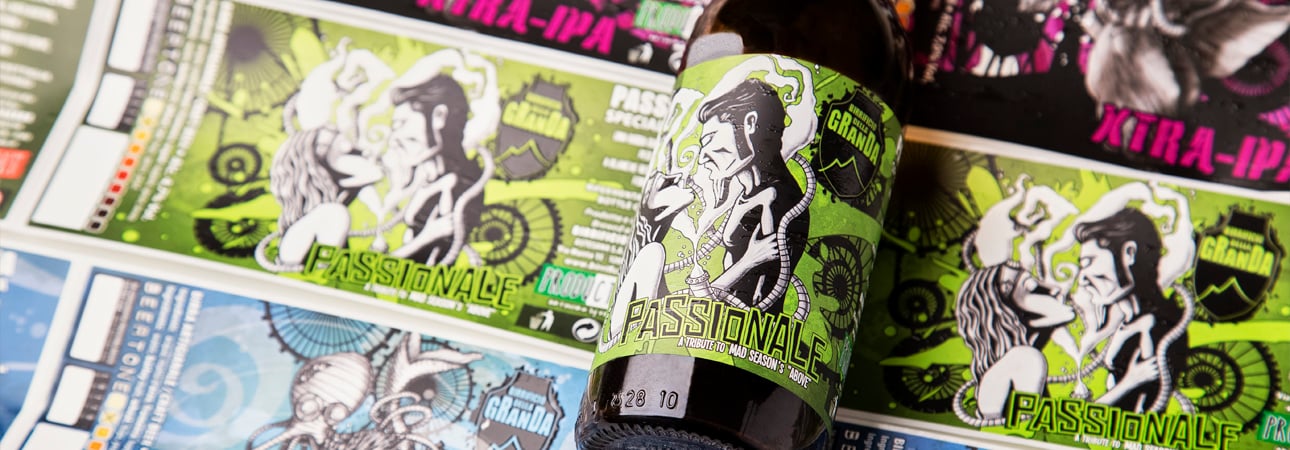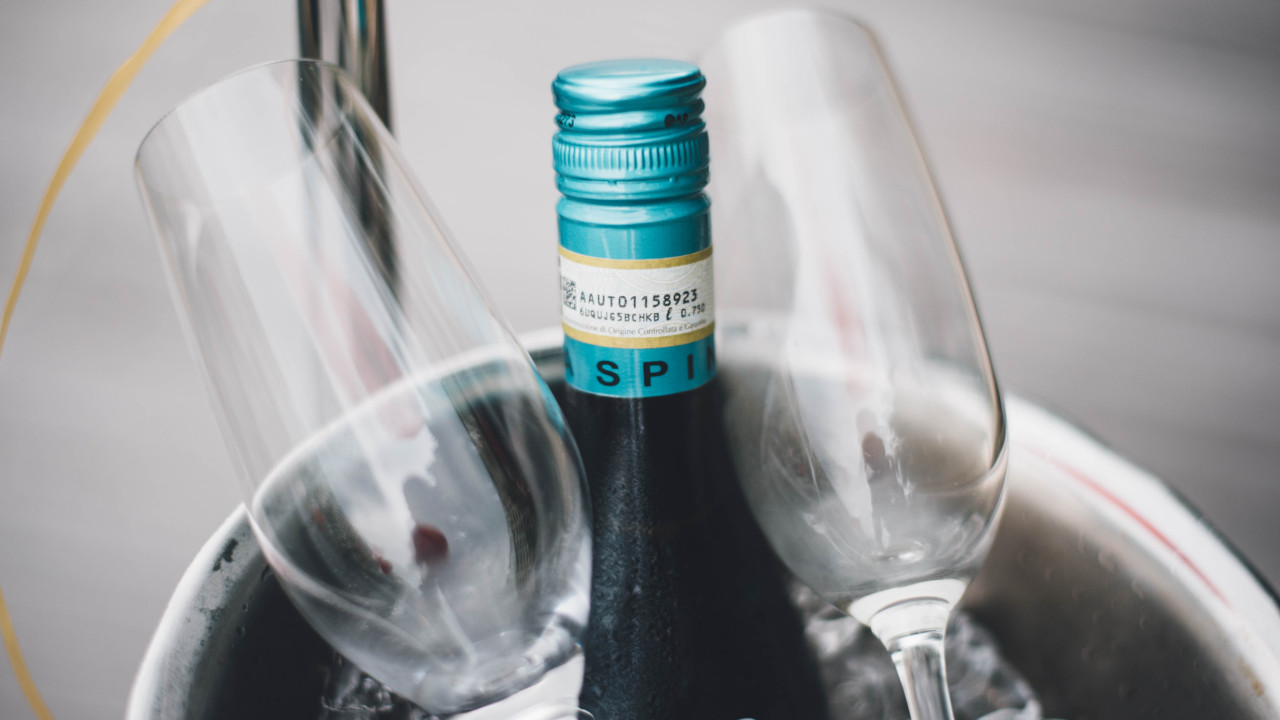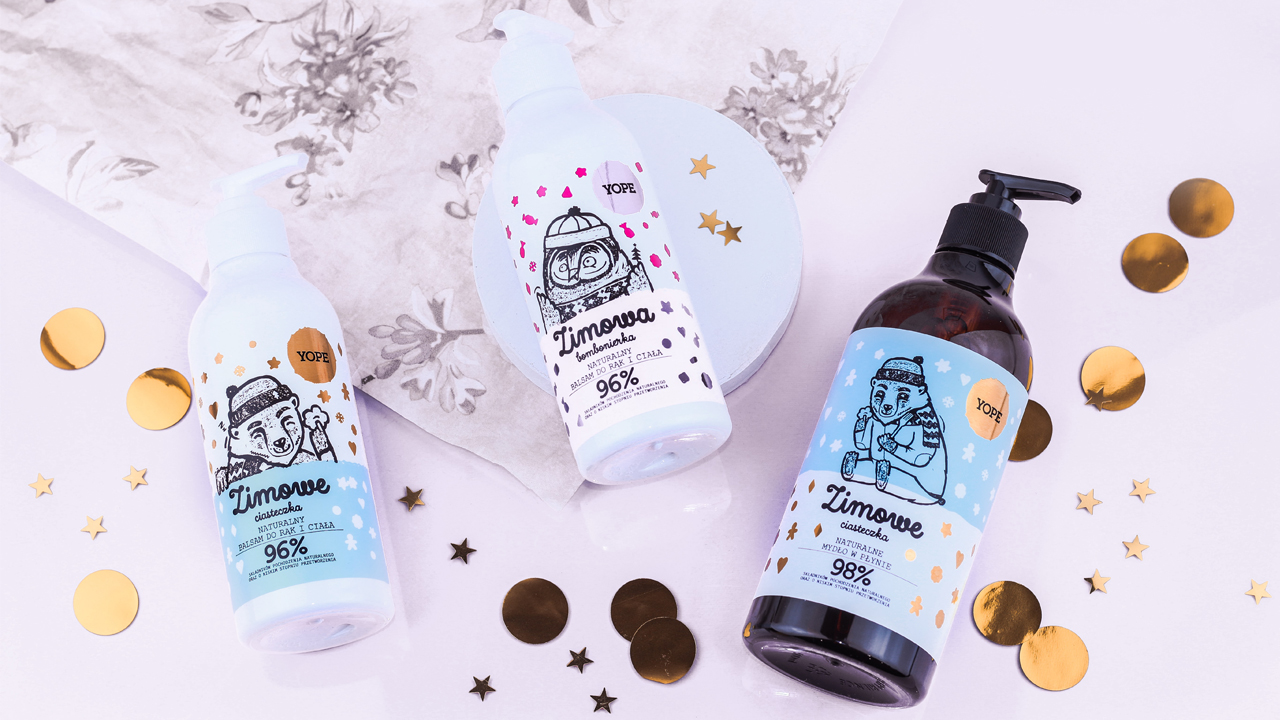Did you like the article? Share it!
How can I create labels that can be easily overprinted?
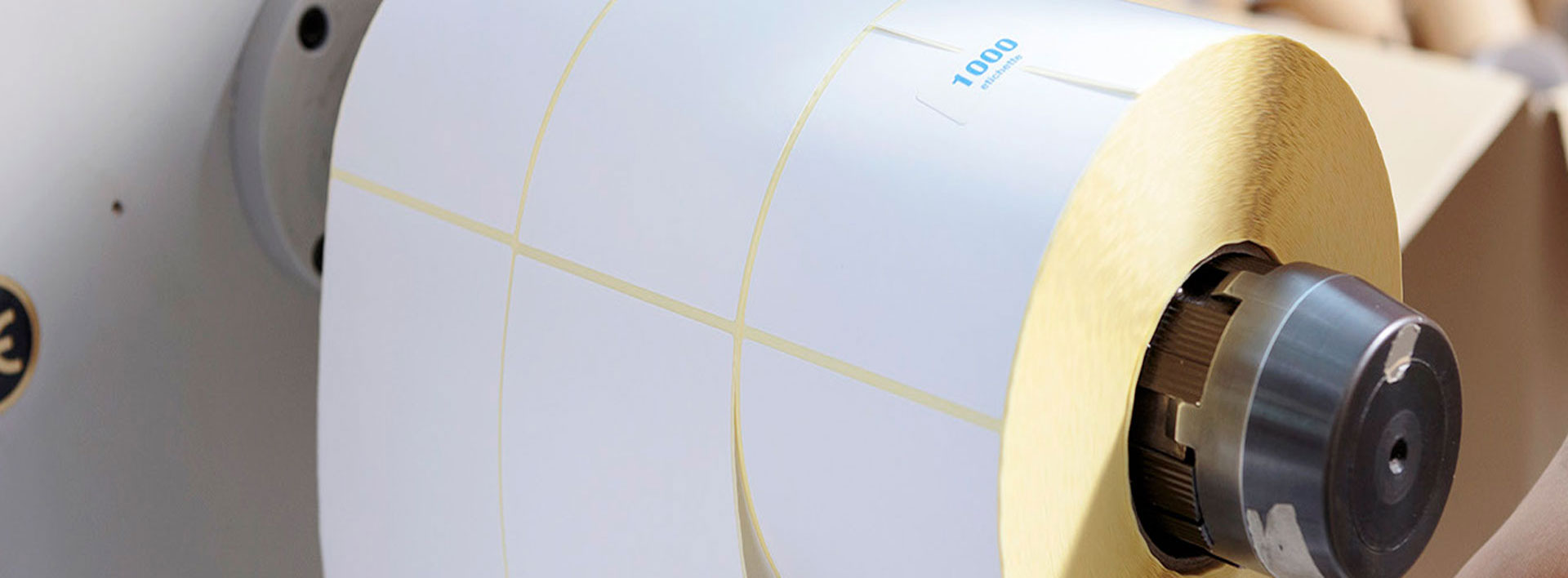
Have you decided to overprint your custom labels or back labels at home, but you don't know how to get the best result?
You probably considered saving money by having generic overprintable labels professionally printed in order to have a quality print of the logo and background, but then you decided to overprint, even in just 1 color, other technical elements such as the ingredients, the alcohol percentage, the capacity etc.
Today we will talk about all the elements that make the overprinting more qualitative by using direct thermal transfer, ribbon or inkjet printers.
Choice of material
Before starting to printing you generic overprintable labels by your trusted printer, it is necessary to clarify which overprinting method you are going to use, in order to choose which material and finishing you need. This will be one of the first questions your printer will ask for. Don't be unprepared. Let's see in detail the different types of printers suitable for overprinting labels.
Direct Thermal Transfer Printers
If you have a direct thermal printer that prints on overprintable labels, you are bound to request overprintable labels from your supplier that enable direct thermal transfer.
This type of printing allows for further savings by avoiding the purchase of the black ribbon and has an excellent quality result; however you will only be able to print 1 color (90% of cases will be black).
Be careful to request a "protected" thermal paper, as unprotected ones behave like tax receipts. In fact, once printed the printing of your overprintable labels will be weak and will disappear in a couple of days. If you choose a protected thermal paper instead, you can be sure that direct thermal printing will stay on for several months.
Thermal Transfer Printers with ribbon
Similar to the previously mentioned printers, “indirect” thermal transfer printers through ribbon are used on a greater choice of materials. These self-adhesive overprinting labels tend to be printed on unvarnished coated paper or varnished with a specific varnish suitable for overprinting.
Plastic (such as polypropylene) is another great substrate as it has a smooth and easily overprintable surface. Although plastic is sensitive to heat, the amount of heat emitted by the thermal head is so low that it will not change the structure of the material, deforming it.
Marked, natural and embossed papers are strongly not recommended for overprintable labels as they are very porous. In fact, these sustrates do not allow the transfer of the ribbon.
Inkjet printers
There are various types of inkjet printers for adhesive overprintable labels. The most common are printers with solvent, water and toner. Inkjet printers that print with solvent are exceptional, after testing, on all substrates, even on natural papers that are not too porous.
Toner printers have similar properties but are generally recommended on less porous papers, again coated ones are recommended. Inkjet printers with water-based inks are difficult, some paints and inks that are used in printing overprintable labels may have reagents that make the surface of the paper water-repellent and therefore not printable. In fact, the inks will not dry out.
It is recommended that inkjet printers with water-based inks do tests on some substrates, or order white overprintable labels without printing. There are also papers that are on special materials for Inkjet printing with water-based ink. These materials tend to be more expensive but, following the professional printing of overprintable labels performed by the supplier, they also accept the overprinting that we will do at home on the surface.
Oppaca's advice
- Avoid finishings such as high build screen varnish and embossing as most overprinting methods require smooth surfaces.
- Pay particular attention to barcodes, which require high print quality to be read correctly. We always recommend having these items printed by a professional.
- Make sure that the law allows you to insert certain elements only in black or instead are required in certain colors, in this case rely on a professional printer.
Next

